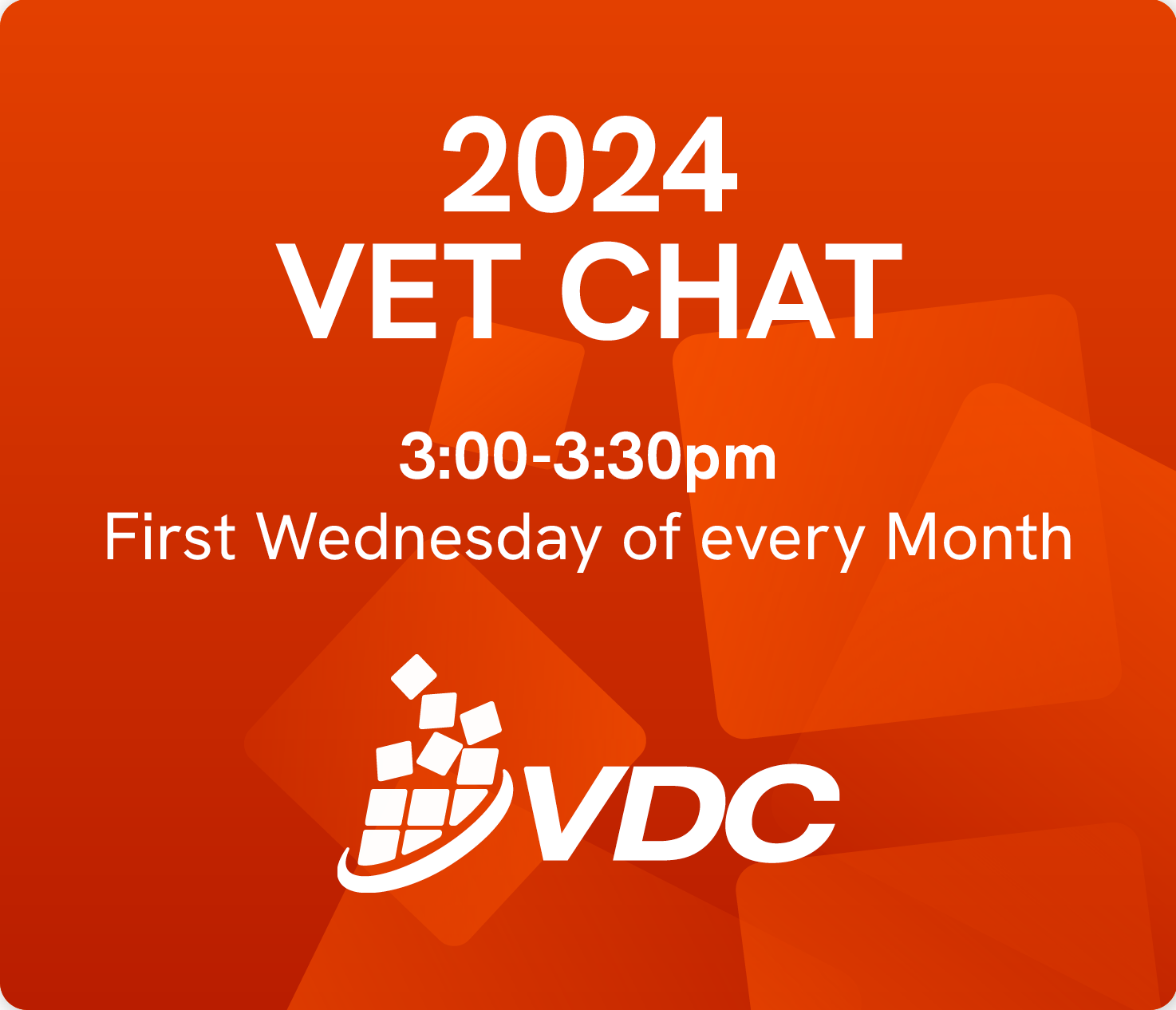Victoria University’s Mitchell Institute has just released its latest report.
Entitled ‘Averting an Escalating Labour Market Crisis for Young People in Australia: A Proposed National Job Cadet Program’ its authors are Peter Dawkins, Peter Hurley and David Lloyd.
The problem
The report argues “that school leavers and recent graduates have been hardest hit by the coronavirus pandemic.” And the danger is a significant increase in the number of young people who are not in employment, education or training (NEET). In fact, they predict that “120,000 extra young people will become NEET and try to find employment in a weak labour market.”
They suggest “utilising parts of Australia’s apprenticeship platform in new occupations, not covered by the current system, will create the tens of thousands of jobs needed to avert a major crisis in the youth labour market.”
Of late things have got better in some – but not all – states and territories and the effect has been most severe for major employers of young people: retail and hospitality. But there is no reason to suppose such an approach might not work for older displaced workers too.
The solution
One approach is to use cadetships, which is not really a new concept, but IS one that might be right for current times. Like an apprenticeship, it combines formal post-secondary training with practical work, including paid employment under an appropriate award and industrial agreement. This scheme might also involve a wage subsidy paid to employers.
Dawkins and his colleagues suggest that this form of training can – and should – be broader and more flexible than an apprenticeship, and even include those with a completed – or close to completed – qualification as a scheme of ‘supported employment’. They propose two forms of the scheme: one (Stream 1) involving an expansion of the current apprentice and traineeship system into new areas beyond traditional trades in construction and perhaps also in the advanced manufacturing and information technology sectors.
Another (Stream 2) would support employment and customised training for already qualified candidates. As the authors point out:
“Stream 2 would focus on supporting employers to hire new entrants into semi-skilled and skilled jobs who already have qualifications and/or experience that qualify them for the job, but where without a financial incentive and top-up co-created education and training (e.g. short course, micro-learning etc.) the employer would be unlikely to hire a young person.”
These courses would have durations of around 6 months to a year and be targeted in areas of growth.
OK, in the past we have talked about those in Stream 1 – possibly – being a form of ‘higher apprenticeship’ (as we have highlighted before in these articles) lasting one to four years which are offered at AQF levels 5 to 7 (Diploma to Bachelor degrees). They would incorporate work-integrated learning (WIL) and enable learners to “gain relevant employment experience alongside their education and training.” (And incidentally, there is lots of useful stuff about WIL to be found on the Australian Collaborative Education Network Limited (ACEN) website.)
The Mitchell Institute’s report, which is about 60 pages, has a number of sections. Ones of interest to our readers include section 3, which outlines what a successful program might look like. Section 4 provides a very useful overview of each of the proposed streams while sections 5 and 6 respectively analyse the expected costs and the benefits and present their summary and conclusions.
The report stresses the importance of federal and state government and union and employer cooperation to help enable all this. Tertiary providers, whether in the VET or higher education, will also be important in making such an approach a success. Ideally, they suggest:
“some of the co-created education and training would be joint higher education/VET products that suit the skill needs of the employers and their employees.”
At the end of the day employers will need to be in a mood to employ new staff in a post-COVID world. It’s always easier if there is a subsidy on offer, though!








